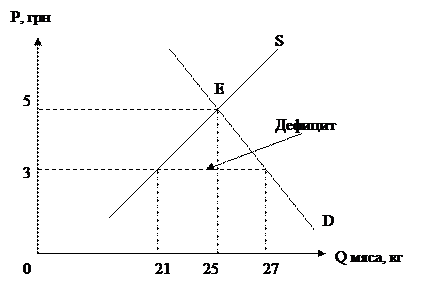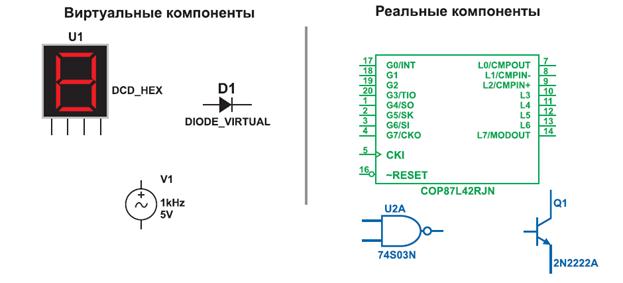Post-reading Activity. Task 1. Answer the questions to the text.
Task 1. Answer the questions to the text.
1. How are programming languages classified? 2. What are low-level languages? 3. What are high-level languages? 4. What does programming with a machine language require? 5. What are specific features of the second-generation programming languages? 6. Why are procedural languages called high level languages? 7. What do compilers and interpreters do? 8. Can you name any procedural language? 9. What languages are included in the group of the fourth-generation languages? 10. Is it possible to use the spoken language to create programs? 11. When are query languages used? 12. What languages do not involve the generation of any code?
Task 2. Give the Russian equivalents for the English Terms.
1. авторская система; 2. выполняемый файл; 3. процедурные языки; 4. буквенно-цифровые символы; 5. программа ассемблер; 6. структурное программирование; 7. набор синтаксических правил; 8. прикладная программа; 9. язык запросов; 10. двоичный код; 11. исходная программа, программа на языке высокого уровня; 12. язык программирования сценариев
a. binary code; b. structured programming; c. assembly language; d. alphanumeric symbols; e. procedural language; f. a set of syntax rules; g. an executable file; h. source code; i. an application program; j. authoring systems; k. query languages; l. scripting languages
Task 3. Mark the following as True or False.
1. The third-generation programming languages are machine languages that use binary codes of ones and zeroes to control the activities of the computer. 2. Procedural language is a type of a high-level programming language that requires each computer instruction to be listed and carried out in sequence. 3. The second-generation programming languages require less specificity in terms of the order in which the computer instructions are carried out. They are referred to as nonprocedural languages. 4. Machine languages, assembly languages are known as low-level languages because they interact directly with the computer’s hardware, using machine-oriented codes rather than English-like commands. 5. High-level programming languages use an English like approach that is easier to use than machine or assembly languages. 6. Programs created with these languages can be used on more than one type of computer with little modification.
Task 4. Fill in the blanks with the words from the box.
A programming language is, in many ways much like the languages we use... (1) with each other. A programming language... (2) a special set of rules and a vocabulary that have to do with a computer’s operation. Before communication with a computer can be... (3), the rules and specialised vocabulary of the programming language must... (4) to both the computer programmer and the computer itself. A programming language has words, symbols and rules of grammar (known as the syntax of the language). A computer programmer,... (5) within the structure of these rules, develops an instruction... (6) the computer’s operation. The resulting set of instructions is the computer program. Often these instructions... (7) the computer what to do when the user of the program... (8) some kind of action (when, for example, the user... (9) in characters from the computer’s keyboard). Over the years, computer programming methods... (10) through the development of successive ‘generations’ of programming languages, with each new generation bringing new functionality and ease-to-use.
Task 5. Translate the sentences into Russian paying attention to the use oftheSubjunctive Mood.
1. It is necessary that machine languages should be designed for a specific type of computer processor. 2. The programmer insisted that each instruction of the source program should be translated to a machine language. 3. I wish the computer program based on these fourth-generation methods required fewer statements. 4. It is time a computer user could write statements that are very much like a normal human language. 5. If I used this high-level programming language, I would develop the report based on the information stored in the computer. 6. If the programmer should use this natural language approach, tell him he doesn’t have to learn special rules of statement entry. 7. If he had used a database query language, the requests would have been phrased as normal human-language statements. 8. If it were not for your help, I shouldn’t be able to carry out the task in time. 9. But for the slow execution of the program, this instruction-by-instruction method would have become appropriate to find errors and to fix them immediately. 10. If PC users needed application programs created for farmers and mechanics, for scientists and teachers, they would buy commercial software to meet their individual needs. 11. I wish I had known FORTRAN to apply it for scientific application. 12. Had I used the Internet, I would have got the required information earlier. Task 6. Translate the following sentences into English.
1. Существует множество языков программирования. 2. Высокоуровневые языки программирования во многом напоминают человеческие языки. 3. Они разработаны так, чтобы человеку как можно легче было создавать на них программы и читать их. 4. Инструкции высокоуровневого языка программирования гораздо сложнее тех простых инструкций, которые может выполнять центральный процессор компьютера. 5. Языки, близкие по структуре к языку инструкций процессора, называются языками низкого уровня. 6. Они ориентированы на конкретные компьютеры, поэтому наборы их инструкций для разных компьютеров различны. 7. Хотя язык ассемблера очень близок к языку, который понимает компьютер, созданные на нем программы перед выполнением требуют некоторого простого преобразования. 8. Чтобы компьютер мог выполнить ассемблерную инструкцию, ее нужно транслироватьв последовательность нулей и единиц. 9. Инструкции языка ассемблера и их эквиваленты, состоящие из нулей и единиц, для разных компьютеров различны. 10. О понятных компьютеру программах в форме последовательностей нулей и единиц говорят, что они написаны на машинном языке (машинном коде). 11. Нам принципиально важно различие между машинным языком и языками высокого уровня, подобными С++. 12. Заключается оно в том, что программа на языке высокого уровня должна быть преобразована (транслирована) в машинный код, и только тогда компьютер сможет ее понять и выполнить.
Task 7. Topics for discussion.
Describe the characteristics of the succeeding generations of computer programming languages. Describe the differences between machine languages, assembly languages and high-level languages. Name four common high-level programming languages. Today programming methods are undergoing changes. New fourth-generation languages, fifth-generation languages and object-oriented programming methods are now in use. Describe the differences in these programming approaches.
Task 8. Read the text and find the answers to the following questions.
1. Haw many processes does the cycle of program development involve? 2. What should programmers do to define the problem correctly? 3. What is the next step in writing a program? 4. How is an algorithm coded? 5. What is the program internal documentation? 6. How are programming languages classified?
|




